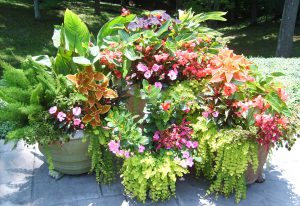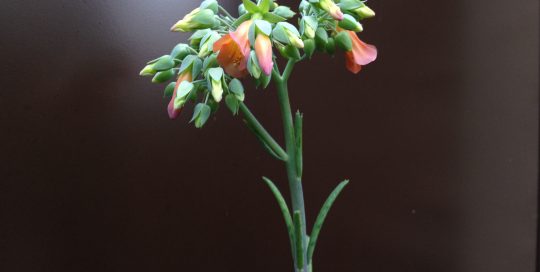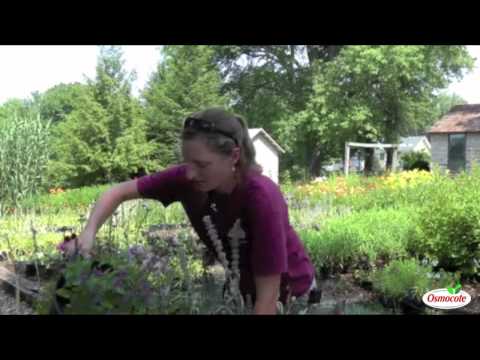Grow Gorgeous Annuals in Containers
Views: 9267

It’s annual flower time! It seems like every store in town has a rack of brightly colored flowers out front, just begging to be taken home and planted in a container on my porch.
To make life easier, I almost exclusively plant annual flowers in containers rather than in the ground. Don’t get me wrong, I love a big swath of long-blooming annuals in a flowerbed. But I don’t have the time or energy to properly water and fertilize annual flowers in the ground. Plus, the clay soil around here doesn’t do anything for them.
In the ground, I usually end up with few scraggly plants that aren’t much bigger at the end of the season than when I planted them. By planting annual flowers in containers, I can easily control the quality of the soil and the amount of light, water, and nutrients.
What is an Annual?
An annual is any plant that only lives for one year. The term is often used to describe tender flowering plants like Petunias, Begonias, Coleus, Impatiens, or any plant that is not hardy in specific climate zones. This means they will die in cold temperatures and will not return next year. (To find your climate zone, check the USDA’s Agricultural Zone Map.)
Potting Soil for Annuals
To get the most out of your annuals, start each season with fresh potting soil (not garden soil!).
There are many specialty blends available with helpful additives like slow-release fertilizer or water absorbing crystals. Before adding soil, make sure the container you’re using has at least one drainage hole, preferably more. Then, fill the container with potting soil to an inch or so below the rim and mix in some slow release fertilizer (amount depends on the size of the container, check the label), like Osmocote’s Smart Release Plant Food or similar product.
Annuals are heavy feeders, and choosing the right potting soil will help provide the nutrients they need to thrive.
Watering Annuals
Water your annuals before planting to make sure they’re thoroughly moist. Then, slip them out of their cell packs or nursery pots. If the plant is rootbound (roots tightly growing together around the inside of the container), gently rake your fingers around the root ball to tease out some of the small roots. This will encourage plants to spread roots into the new potting soil. When planting the flowers, add potting soil as needed so that the top of the root ball is barely covered. Water thoroughly.
Containers dry out quickly, especially those in full sun, so check them every day and water them if the soil feels dry. After your annuals have established themselves, continue feeding them by using a water-soluble fertilizer as often as once a week. Consistent moisture and nutrients are the two most important factors for continual blooms.
Pruning Annuals
Pinching or pruning back unruly or ugly stems is encouraged and will promote new growth. Also, some plants need to be deadheaded to encourage new blooms and improve appearance, but there is enough material about that for a whole other blog post! Maybe next time.
For more on specific flower varieties and combinations that work well in containers, look back through some of my earlier posts about my favorite annuals.
Meet Abbi Hayes
Abbi's Recent Posts

Kalanchoe delagoensis: Mother of Millions







